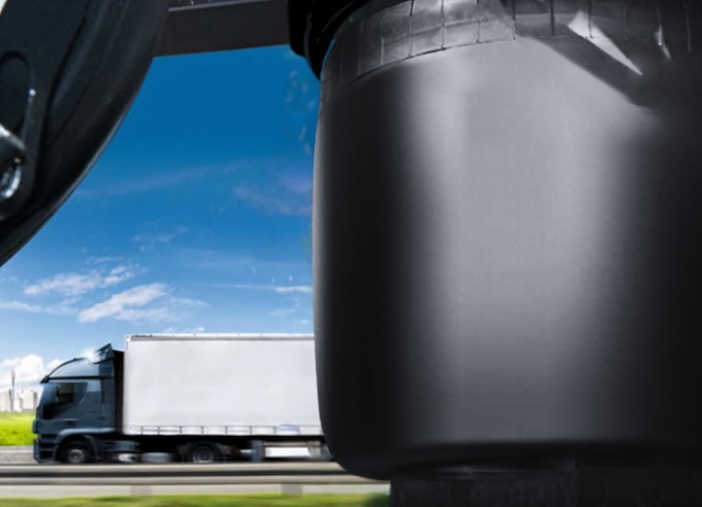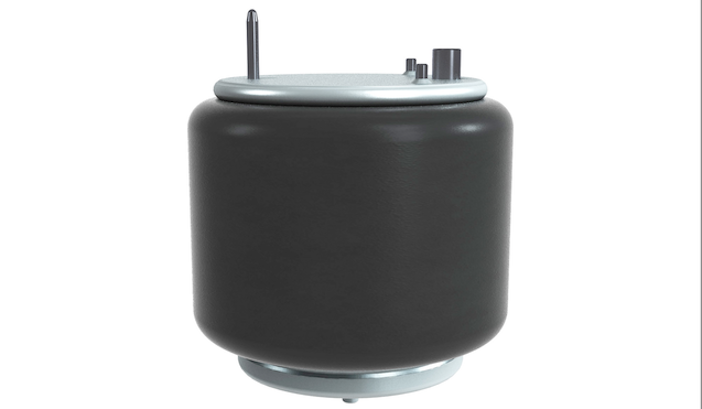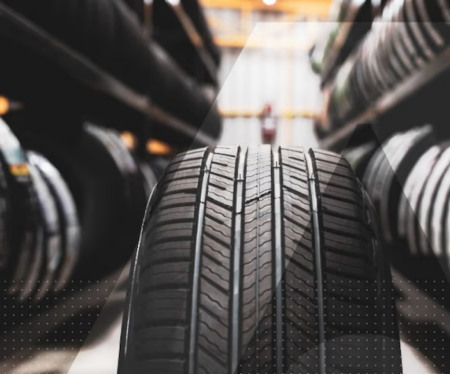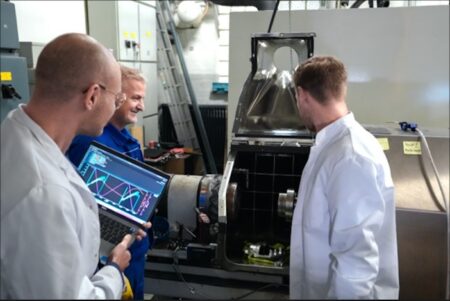Continental has upgraded the material compound it uses in air springs for commercial vehicles, in order to reduce the CO2 footprint of these products.
The materials experts within the ContiTech group sector have substituted the chloroprene synthetic rubber commonly used in vehicle air springs, instead using a natural, more environmentally sustainable rubber that has been enhanced with the addition of ethylene-propylene-diene rubber (EPDM).
The company claims that the carbon footprint of springs made from this new rubber compound has been reduced by more than 50% compared with conventional air springs made of chloroprene rubber.
The first application of the compound is in Continental’s Tough RuNR air springs, which will be presented at the IAA Transportation show in Hanover, Germany this September. The company says that, in addition to having a smaller carbon footprint, the Tough RuNR air springs are able to cover a wider range of climate conditions than its chloroprene springs, and are resistant to both extreme heat and extreme cold.
With conventional air springs, vehicle manufacturers sometimes have to choose between mounting air springs made from natural rubber, which is resistant to very cold climates, or using chloroprene rubber air springs, which are resistant to tough environmental conditions such as high temperatures, ozone conditions or ultraviolet light (UV).
Continental claims its new natural rubber compound with high-performance EPDM resists both cold and hot conditions, thus slowing down material ageing and reducing other harmful influences from tough environments. It can therefore be used for broader, more dynamic performance applications.
The company says the Tough RuNR air springs are just the start of a journey towards more sustainable rubber products for commercial vehicles. Continental will also showcase its wider plans for more sustainable air springs at IAA Transportation 2024, highlighting how the use of recycled materials, better recyclability of materials, and the use of bio-based materials will improve the environmental impact of air springs in the future.
“Tough RuNR not only demonstrates our ability to make products greener, but it also shows how we make use of the evolution toward more sustainable materials to accelerate our constant search for improvements to both our products and our customers’ applications,” stated Marc Leinemann, head of Product Platform Air Springs at Continental.






